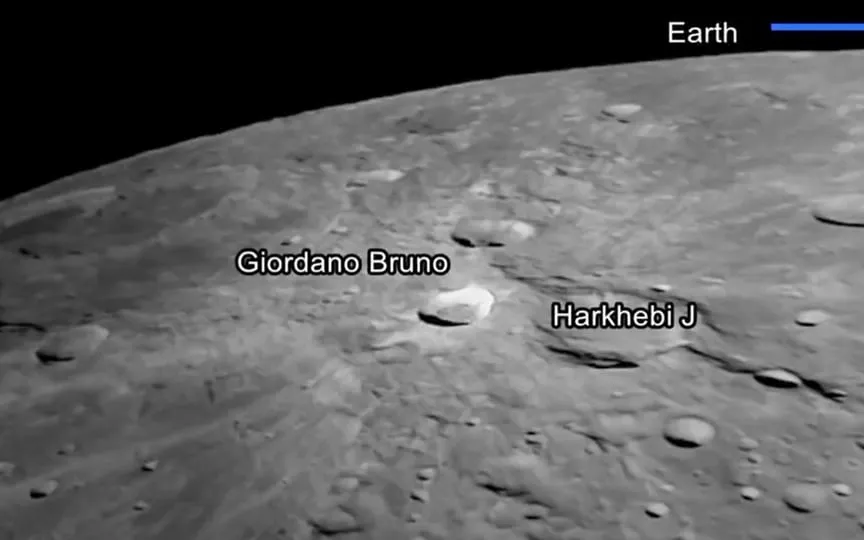Vikram Lander Reaches Lower Orbit of Moon After Successful Deboosting: Here’s the Latest Update on Chandrayaan-3
On Friday, the Indian Space Research Organization (ISRO) successfully completed a significant maneuver for the Chandrayaan-3 mission. The Vikram Lander underwent its first deboosting operation, allowing it to enter a lower orbit around the Moon. As a result, the Lander Module (LM) is now much closer to the lunar surface than before. Additionally, ISRO shared stunning images of the Moon taken by the LM’s camera sensors a day earlier, showcasing a close-up view of the Moon with the Earth in the background. With these developments, the mission is now in its final stages. The next deboosting operation is scheduled for August 20, followed by the anticipated landing on August 23.
This image of the Moon was taken shortly after the Vikram Lander separated from the spacecraft’s propulsion module. This happened on Thursday, but ISRO shared the images on Friday. The image highlights the craters on the Moon’s surface, labeled “Fabry”, “Giordano Bruno” and “Harkhebi J” in photographs released by ISRO.
The space agency shared on X (formerly Twitter) images taken by the Lander Position Detection Camera (LPDC) on August 15 and images by the Lander Imager (LI) Camera-1 on August 17 – just after the lander had separated. Module from propulsion module.
The first deboost was successful for Chandrayaan-3
For the uninitiated, deboosting the landing module of the Chandrayaan-3 spacecraft is the process of both lowering and decelerating the Vikram Lander into an orbit where both the closest and farthest points of the orbit to the Moon (also known as Perilune and Apolune) are only a few kilometers away from the spacecraft.
Deboosting is important so that when landing the counter doesn’t move so fast that it can’t stop without damaging itself.
According to ISRO, Chandrayaan-3 is now undergoing two orbit reduction operations, where it will initially move into a 100 x 100 km orbit before settling into a 100 x 30 orbit. The spacecraft will then make its final landing on the Moon, which is expected to take place on August 23. The second power down is scheduled for August 20 at 2:00 am IST, according to ISRO.
On the other hand, the propulsion module will continue in its current orbit for months or even years. The habitable planet SHAPE payload spectropolarimeter on the module will perform several experiments, such as a spectroscopic study of Earth’s atmosphere, measure polarization variations in Earth’s clouds, and collect exoplanet signatures that would be suitable for our habitability.
If Chandrayaan-3 succeeds in landing on the lunar surface, India will become the fourth nation to land on the lunar soil after the United States, the former Soviet Union and China.




